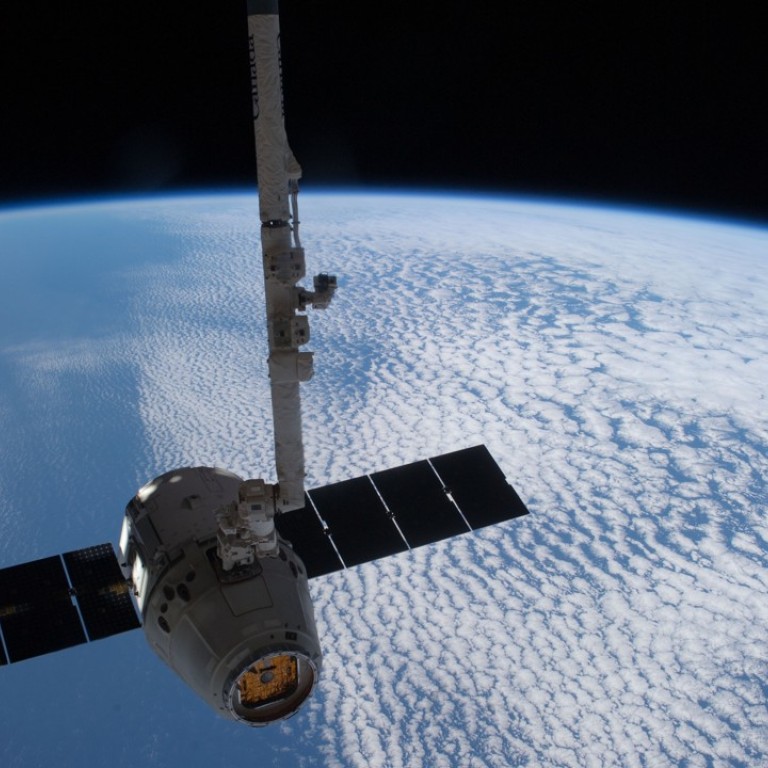
The pet projects Elon Musk, Jeff Bezos and other billionaires spend their fortunes on – from space travel to immortality
If you had a spare US$1 billion or US$100 billion, what would you spend your money on? These men could have anything in the world, but they want more as they push the boundaries of health, science and infrastructure
Billionaires have the money to make things happen. The ultra rich individuals on this list for the most part have two main subjects on their mind: space travel and immortality. Almost all the ideas appear to be for the benefit of mankind.
While the ideas seem impossible or crazy, the CEO of a tech or major telecoms company can afford the best minds and talent around to make their dreams a reality. Here’s a list of well-known billionaires and their pet projects.
Suborbital space travel
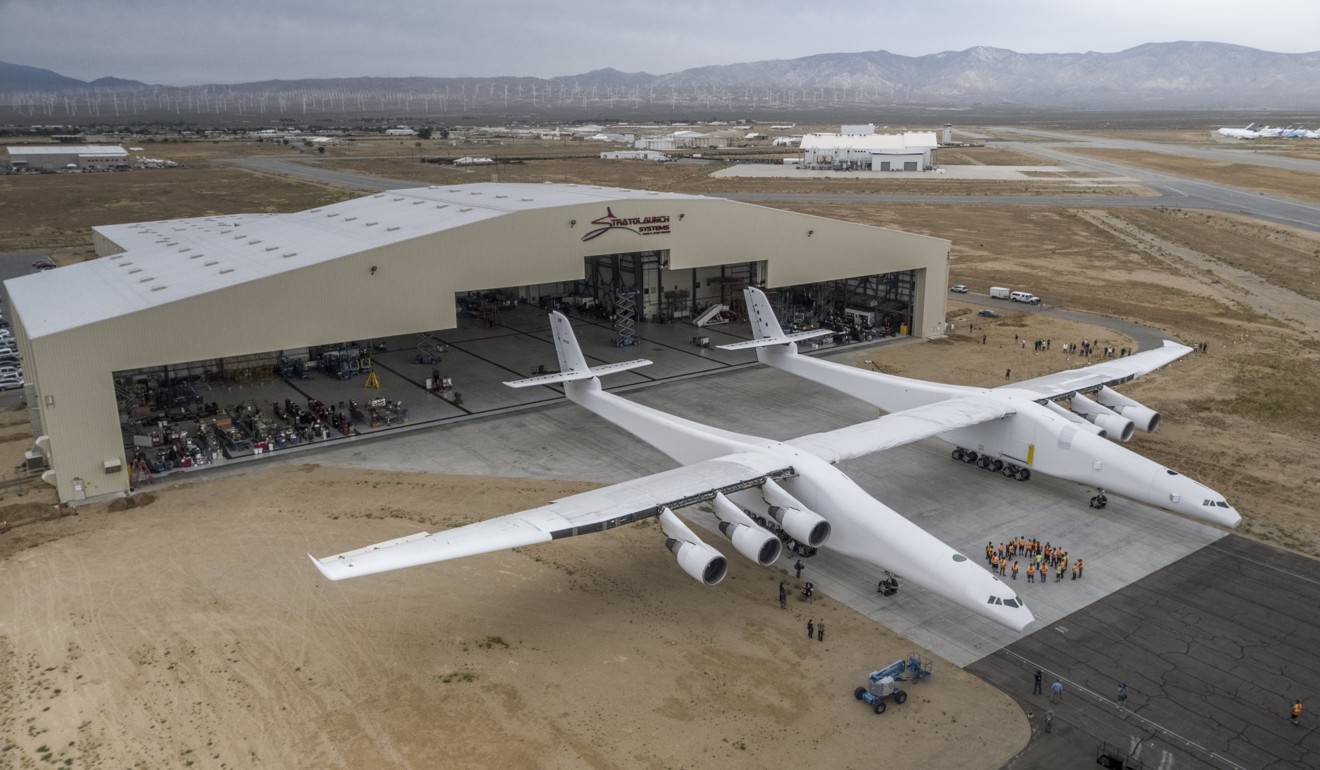
Stratolaunch
Whose idea is it? Paul Allen, co-founder of Microsoft. Estimated net worth US$20.2 billion.
What is it? The world’s largest plane. Its wingspan is 385 feet or 117 metres ( compared to an Airbus A380’s 79.8-metre wingspan), and it is powered by six Boeing 747 jet engines. It has 28 wheels, two fuselages and two cockpits. It weighs 226,000kg (500,000 pounds) empty and has a maximum take off weight of 589,000kg.

It will be used to lift satellite rockets, and a manned space plane, to the upper atmosphere to launch into space. Its first test flights are expected this autumn.
Take a look at world’s largest airplane, with 117m wingspan
Other projects: Allen also founded the Allen Institute for Brain Science to conduct research into the human brain hoping to better treat diseases such as Parkinson’s and Alzheimer’s; the Allen Institute for Artificial Intelligence and the Allen Institute for Cell Science.
Space travel
Space flights were once limited to global superpowers: the Space Race was exclusively between the United States and Russia, before China, the Europeans and other nations joined in. Now, a few individuals have the funds to lead space travel.
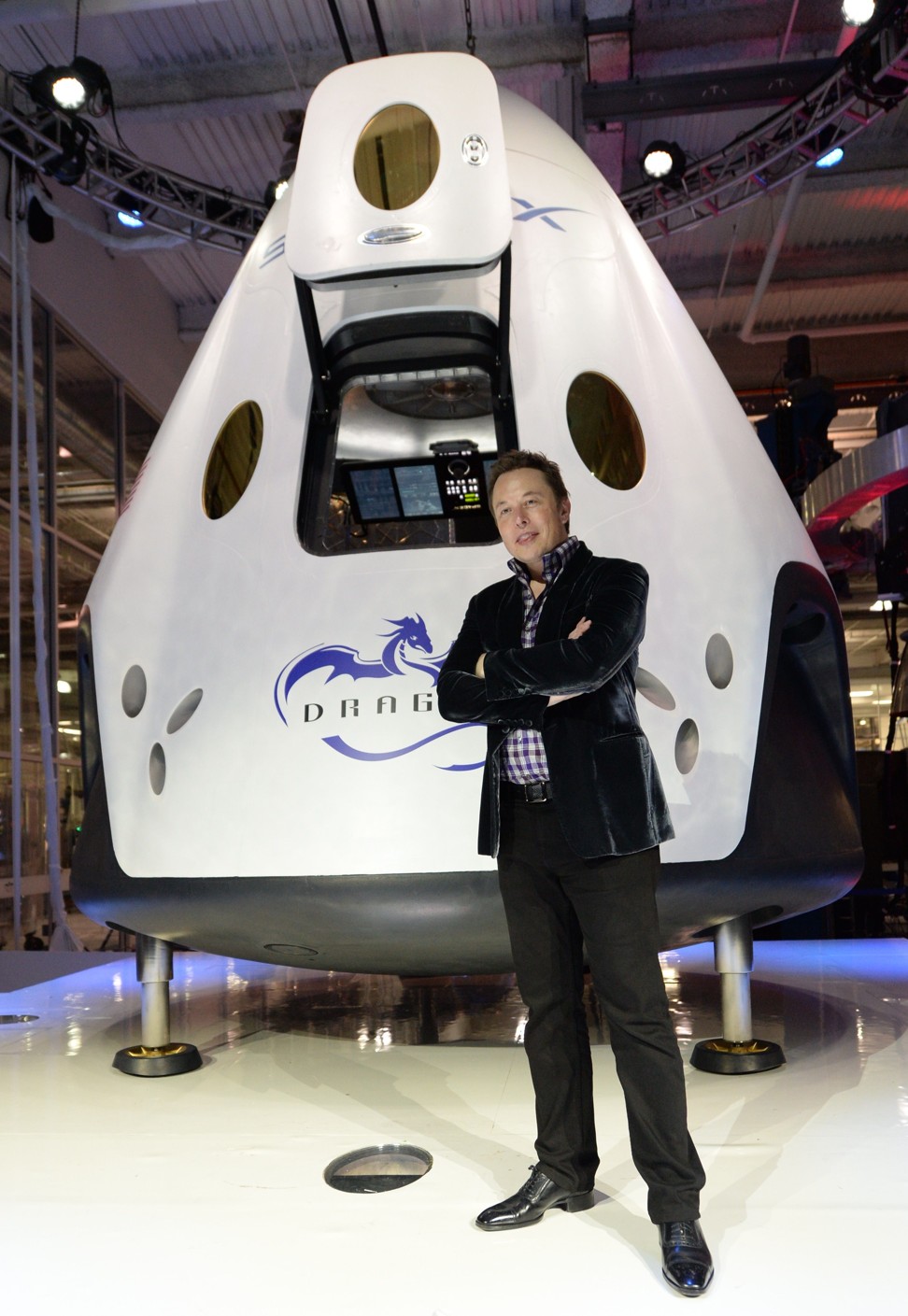
SpaceX
Whose idea is it? Elon Musk, CEO of Tesla. Estimated net worth US$19.1 billion.
What is it? Musk plans to avoid human extinction by establishing a human colony on Mars. His SpaceX company plans to send cargo to the red planet by 2022 and people by 2024.
Elon Musk says a new study gives humans more reasons to colonise other planets
Other projects: Musk is also developing a transport ring around New York, Baltimore, Philadelphia and Washington. The Hyperloop will carry people at 700 miles per hour (1,126 kilometres per hour) in vacuum tubes.
Another concept is the Musk electric jet, a jet-powered supersonic electric aircraft.
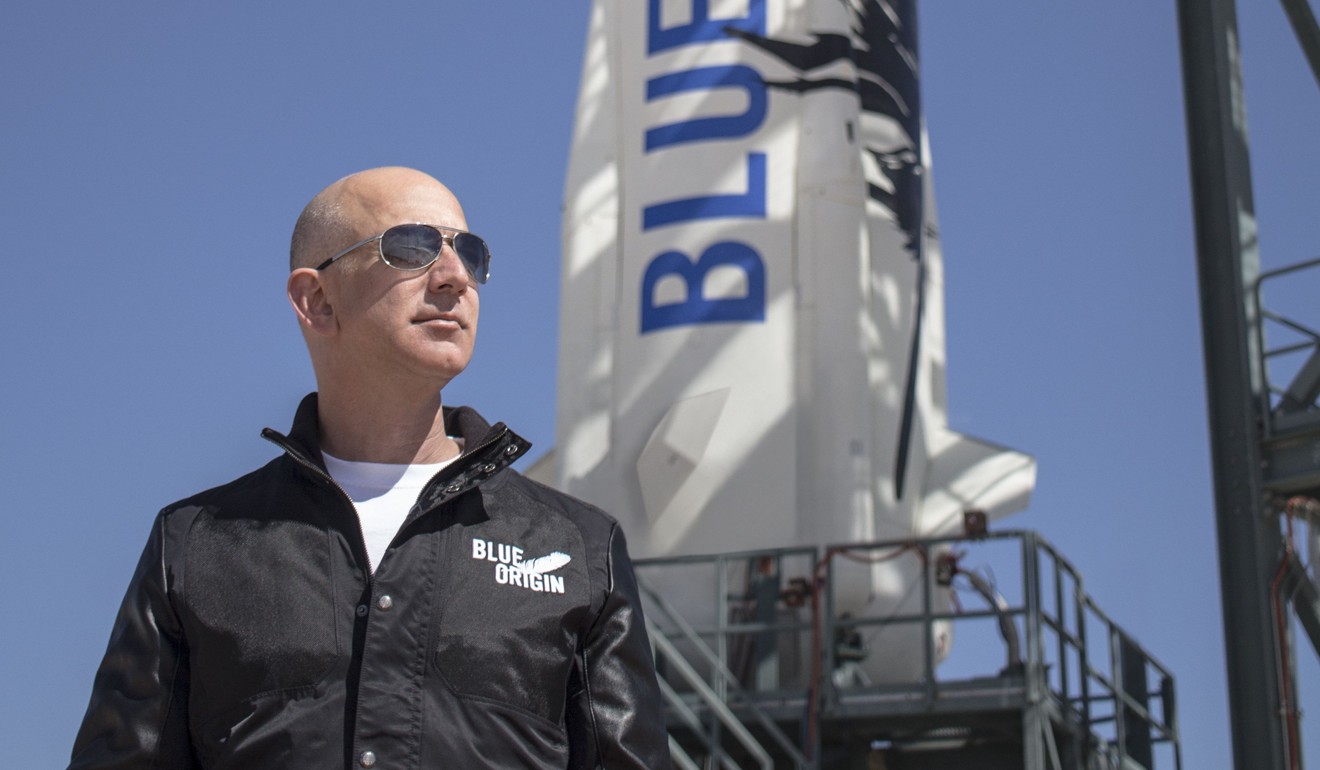
Blue Origin
Whose idea is it? Jeff Bezos, CEO of Amazon. Estimated net worth US$154 billion.
What is it? Essentially space tourism. Bezos wants to make it cheaper and more reliable. Blue Origin is focusing on suborbital flight first, then moving up and out from there. Blue Origin may offer suborbital flights as early as 2019. Bezos is funding it with US$1 billion per year.
Watch: Bezos’ reused Blue Origin rocket lifts off and glides back to Earth
Other projects: Bezos also wants to build a 10,000-year mechanical clock that ticks once a year.
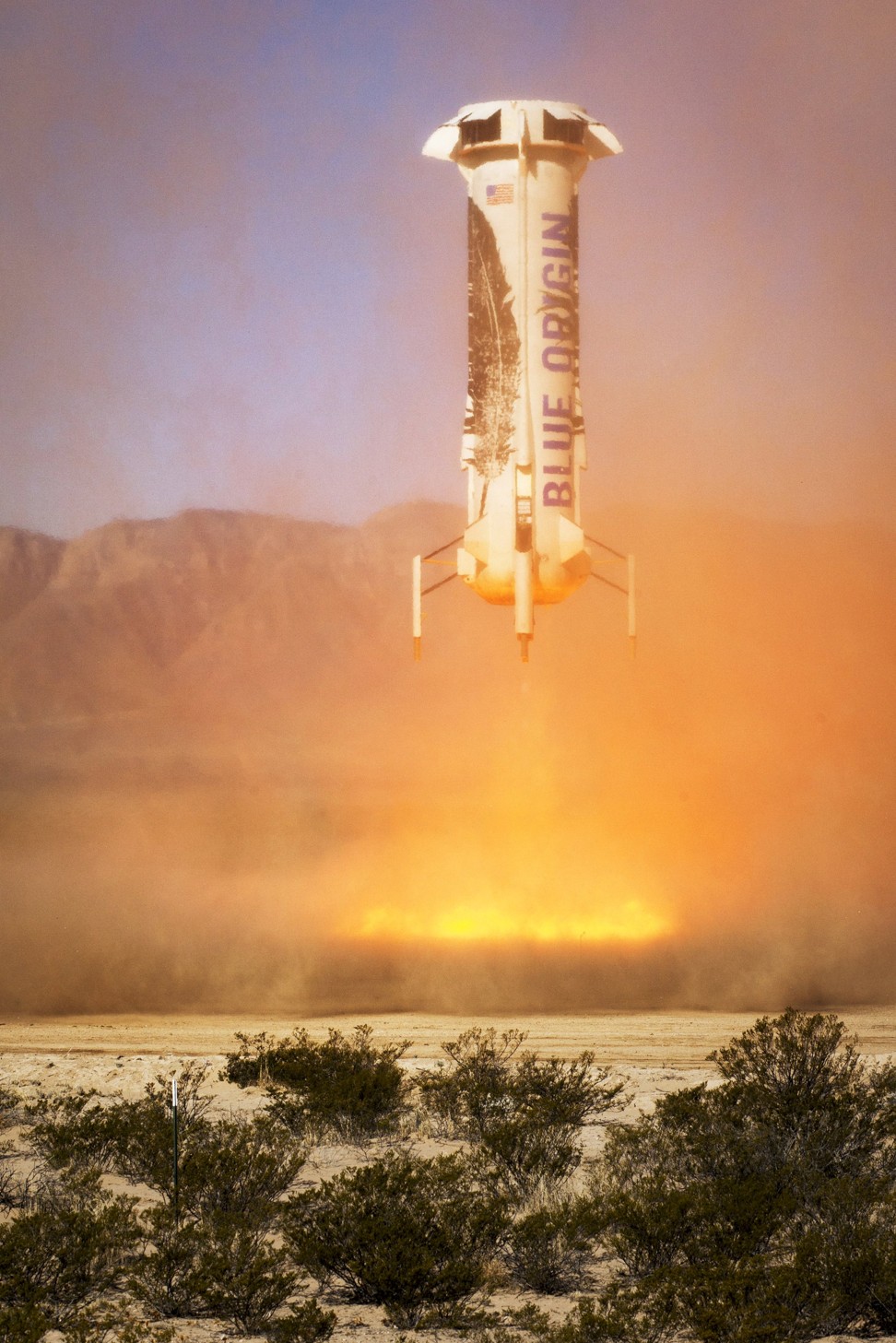
Eternal life
Billionaires have more money than they could spend in a lifetime, so why not extend that lifespan? The quest for immortality has a certain appeal for the mega rich.
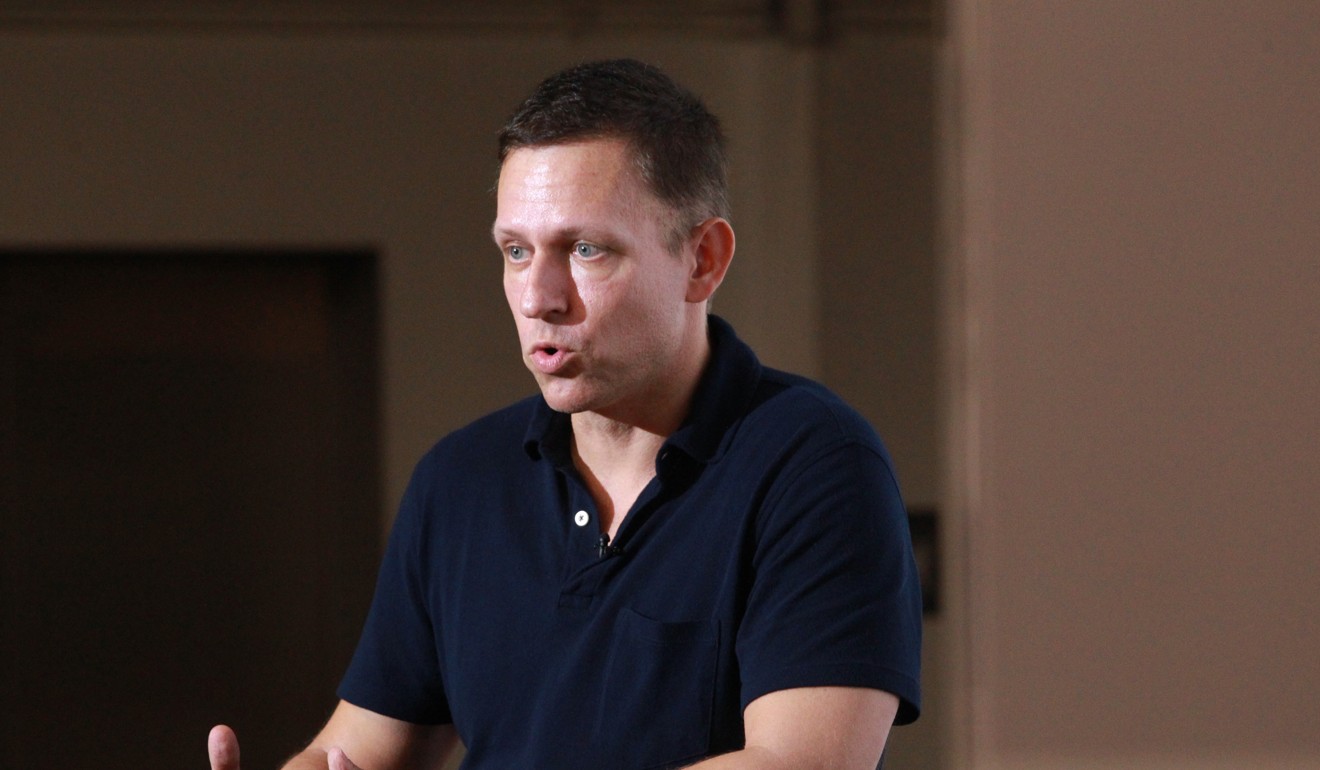
Breakout Labs
Who’s idea is it? Peter Thiel, founder of PayPal. Estimated net worth US$2.5 billion.
What is it? Breakout Labs is part of Thiel’s search for the secrets of anti-ageing and immortality. It involves various life extension projects. Breakout Labs gives grants to early-stage radical scientific research. Thiel has said he has registered to be cryonically preserved.
Other projects: Seasteading to establish permanent, autonomous ocean communities with diverse social, political and legal systems.

2045 Initiative
Who’s idea is it? Dmitry Itskov, media billionaire. Estimated net worth unknown.
What is it? To create technology that will, in a number of stages, allow the transfer of a human personality into a non-biological carrier to extend life to the point of immortality. These stages include the creation of avatars (2015 to 2020), creating the technology to support a human brain linked to a robot (2020-2025), creating a computer model of the brain and the means to transfer consciousness onto an artificial carrier (2030-2035).
Something different
Some billionaires look to space to potentially prevent the human race being wiped out, others want to combat poverty and disease around the world, while others look at eco-friendly ways of living.
One man has a different dream: to turn his nation into a giant gated community.
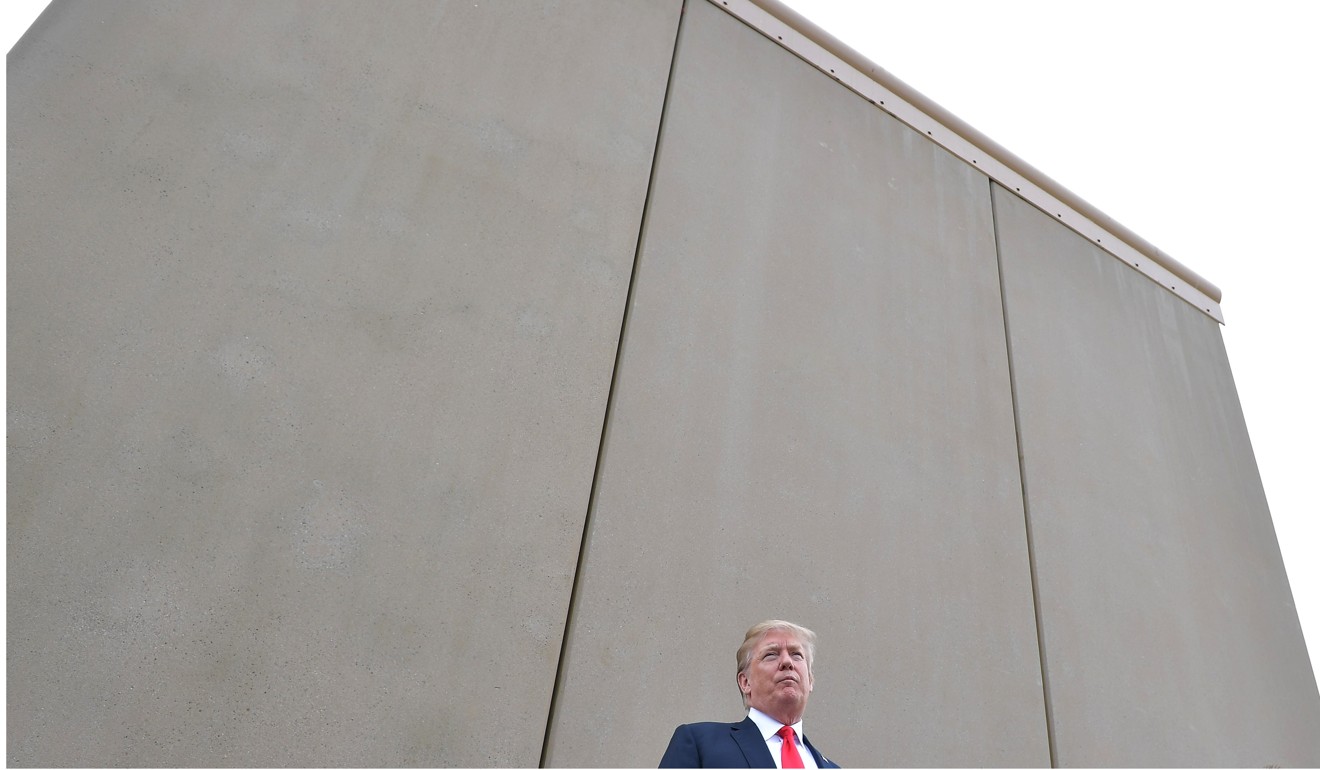
The Mexican Wall
Whose idea is it? Donald Trump, CEO The Trump Organisation, reality TV star and the President of the United States. Estimated net worth US$3.1 billion.
What is it? An extension to the series of walls and fences set up along the Mexican border with the US to keep Mexicans from illegally entering the US. Trump believes that an enormous wall would solve many of the US’ most pressing problems. Trump has said that the projected cost of US$8 billion to US$12 billion would be covered by Mexico.
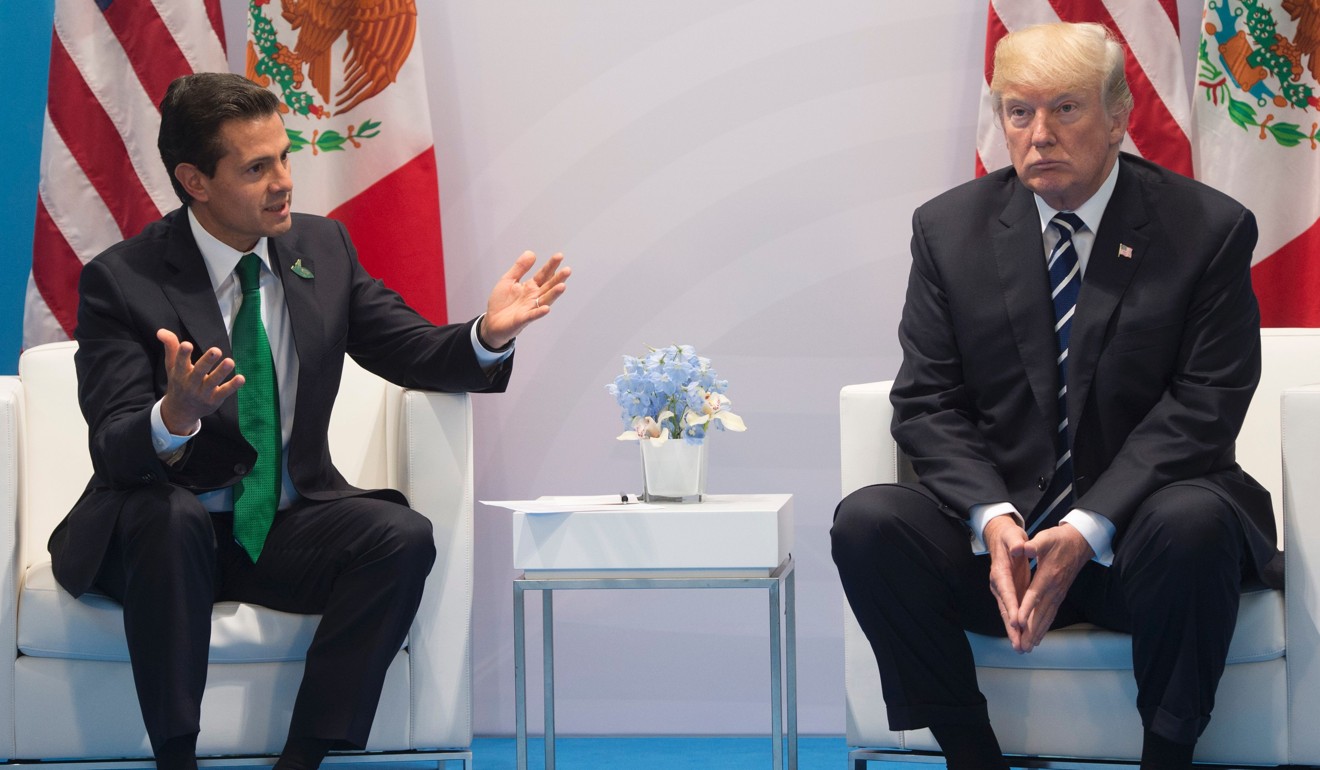
The Mexican president, Enrique Pena Nieto, was not a supporter of the idea. He refused to pay, saying: “Mexico doesn’t believe in walls.”
Trump has come up with suggestions to beautify and monetise the wall with solar panels.
WHY DONALD TRUMP’S WALL WILL BE AROUND CHINA, NOT MEXICO
Last September, the US Department of Homeland Security issued a notice saying that “certain laws, regulations and other legal requirements” would be waived to speed up the building of the wall. These include “the National Environmental Policy Act, the Endangered Species Act, the Clean Water Act, the Clean Air Act, the National Historic Preservation Act, the Migratory Bird Treaty Act, the Migratory Bird Conservation Act, the Archaeological Resources Protection Act, the Safe Drinking Water Act, the Noise Control Act, the Solid Waste Disposal Act, the Antiquities Act, the Federal Land Policy and Management Act, the Administrative Procedure Act, the Native American Graves Protection and Repatriation Act, and the American Indian Religious Freedom Act.”

